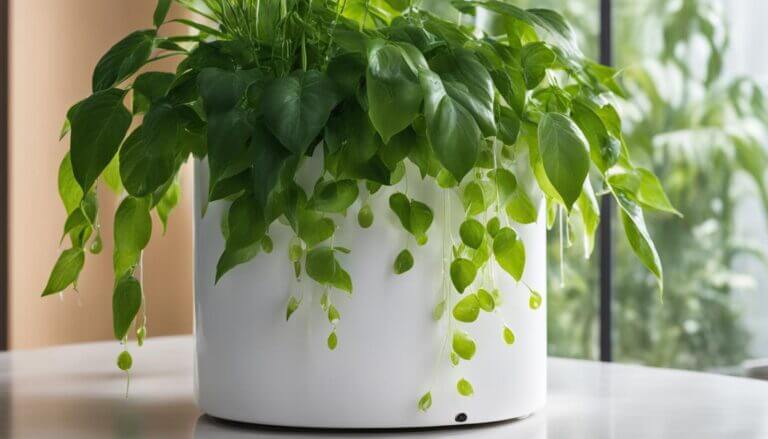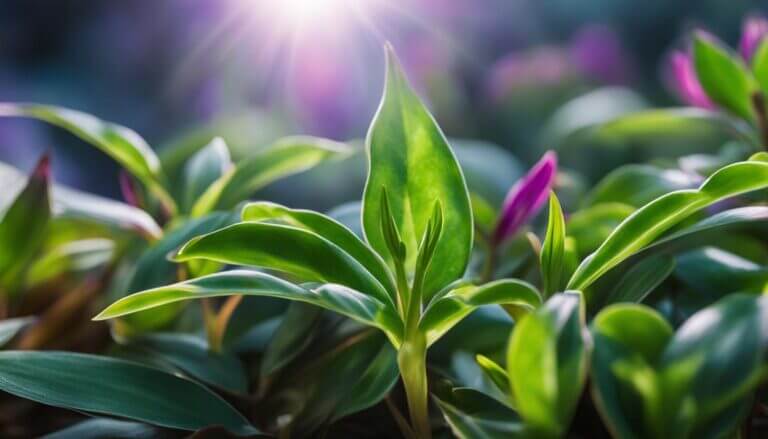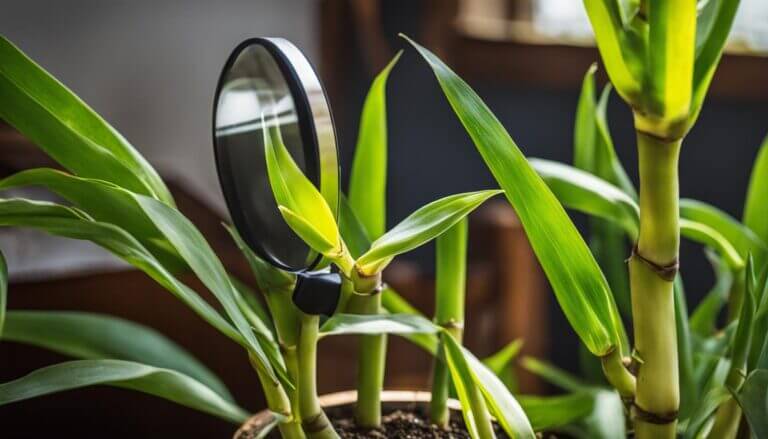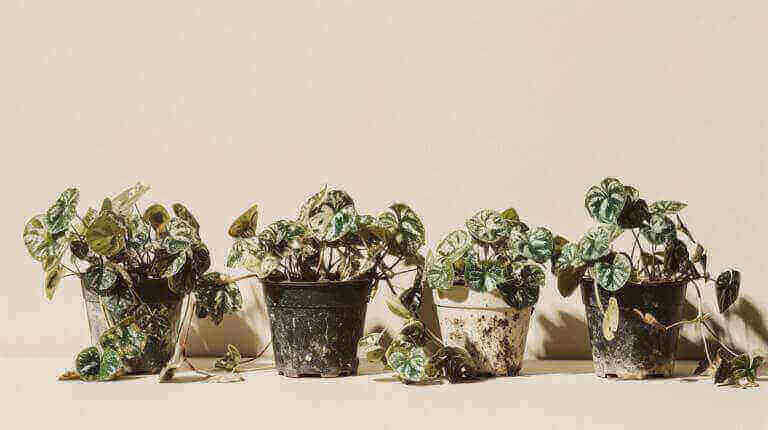Why Does Your Cast Iron Plant(Aspidistra Elatior) Have Drooping or Wilting Leaves
The cast iron plant, scientifically known as Aspidistra Elatior, is a popular houseplant with deep green, leathery foliage. However, it is not immune to common problems that can cause its leaves to droop or wilt.
One common cause of drooping leaves is incorrect lighting. While cast iron plants are known for their ability to tolerate low light, they still require some natural light and should not be kept in complete darkness. Overwatering is another issue that can lead to drooping foliage. It is important to allow the soil to dry out partially before watering again and to ensure proper drainage. Other factors such as underwatering, low humidity, pests, and environmental stress can also contribute to leaf drooping in cast iron plants.
Key Takeaways:
- Incorrect lighting can cause drooping leaves in cast iron plants.
- Overwatering and underwatering can both contribute to leaf drooping.
- Low humidity and environmental stress can also lead to drooping foliage.
- Proper watering practices and maintaining optimal environmental conditions are essential for the health of cast iron plants.
- Regular check-ups and addressing any issues promptly can help prevent further leaf drop.
Common Problems and Solutions for Drooping Leaves
When it comes to caring for your cast iron plant, you may encounter common problems that can cause its leaves to droop. Understanding these issues and their solutions can help you maintain a healthy and vibrant plant.
Underwatering:
One of the leading causes of drooping leaves in cast iron plants is underwatering. When the soil becomes too dry, the plant prioritizes new growth over older leaves, resulting in brown and crispy foliage. To solve this problem, ensure you are watering your plant adequately. Increase the frequency or depth of watering to ensure the soil remains evenly moist but not waterlogged.
Low Humidity:
Another common factor that can lead to drooping leaves is low humidity. Cast iron plants thrive in moderate to high humidity levels. If the air in your home or office is dry, it can cause brown leaf tips and overall leaf drooping. To increase humidity, consider using a humidifier or misting the plant regularly. These simple steps can prevent further leaf damage and promote healthier growth.
Overwatering:
While underwatering can be a problem, overwatering can also cause drooping leaves in cast iron plants. When the roots are constantly saturated, they become susceptible to root rot, which manifests as dark brown leaves. To avoid overwatering, always check the moisture level of the soil before watering and ensure the plant has proper drainage. If you suspect root rot, consider repotting your plant in fresh, well-draining soil.
Remember, environmental stress factors such as sudden changes in lighting or temperature can also contribute to leaf drooping. It’s important to provide filtered light and maintain a stable temperature for your cast iron plant. By addressing these common problems and implementing the appropriate solutions, you can ensure your cast iron plant thrives and retains its stunning foliage.
Other Factors and Tips for Healthy Cast Iron Plants
When it comes to maintaining the health and beauty of your cast iron plants, there are a few other factors to keep in mind. Aside from avoiding underwatering and overwatering, providing the right lighting conditions is crucial. While these plants can tolerate low light, they still need some natural light to thrive. Opt for filtered light and avoid direct sunlight, which can cause the leaves to curl up.
Another important aspect is the temperature. Cast iron plants are sensitive to temperature fluctuations, especially cold drafts. To avoid leaf loss, ensure a stable temperature in the environment where your plant is located. This will help create an ideal growing condition and promote healthy foliage growth.
Regular check-ups are essential for the well-being of your cast iron plant. Keep an eye out for signs of root rot or nutrient deficiencies, especially if you notice excessive leaf loss. If necessary, repot the plant using well-draining soil and check the moisture levels regularly. By maintaining optimal environmental conditions, providing filtered light, and monitoring the plant’s health, you can enjoy a thriving and vibrant cast iron plant.
FAQ
Why are the leaves on my Cast Iron Plant turning yellow?
Yellow leaves on a Cast Iron Plant can be a sign of overwatering. These plants prefer their soil to be kept slightly moist, but not waterlogged. Too much water can cause the leaves to turn yellow.
What causes the leaves on my Aspidistra plant to turn brown?
Brown tips or brown spots on the leaves of your Aspidistra plant could be a sign of direct sunlight exposure. Cast Iron Plants prefer low light conditions and direct sun can cause the leaves to turn brown.
How do I care for my Cast Iron Plant’s leaves?
To keep your plant’s leaves green and healthy, place your Cast Iron Plant in a location with low light and water it when the top inch of soil is dry. Avoid overwatering as this can cause the leaves to turn yellow or brown.
Why is my Cast Iron Plant drooping?
If your Cast Iron Plant is drooping, it might be due to overwatering or under watering. Check the moisture level of the soil and adjust your watering schedule accordingly.
How do I care for a common Cast Iron Plant?
A common Cast Iron Plant is an easy-care indoor plant. It prefers low light conditions and well-draining soil. Water your Cast Iron Plant when the top inch of soil is dry.
What are the causes of brown leaves on my Cast Iron Plant?
Brown leaves on your Cast Iron Plant could be a sign of too much direct sunlight or overwatering. These plants prefer low light conditions and like their soil to be kept slightly moist, but not waterlogged.
How do I water a Cast Iron Plant?
Water your Cast Iron Plant when the top inch of soil is dry. These plants prefer their soil to be kept slightly moist, but not waterlogged. Overwatering can lead to root rot and cause the leaves to turn yellow or brown.
How do I propagate a Cast Iron Plant?
Propagation of Cast Iron Plants is typically done by division. This involves removing the plant from its pot, separating a section of the root system along with a few attached leaves, and replanting it in a new pot with fresh potting soil.







